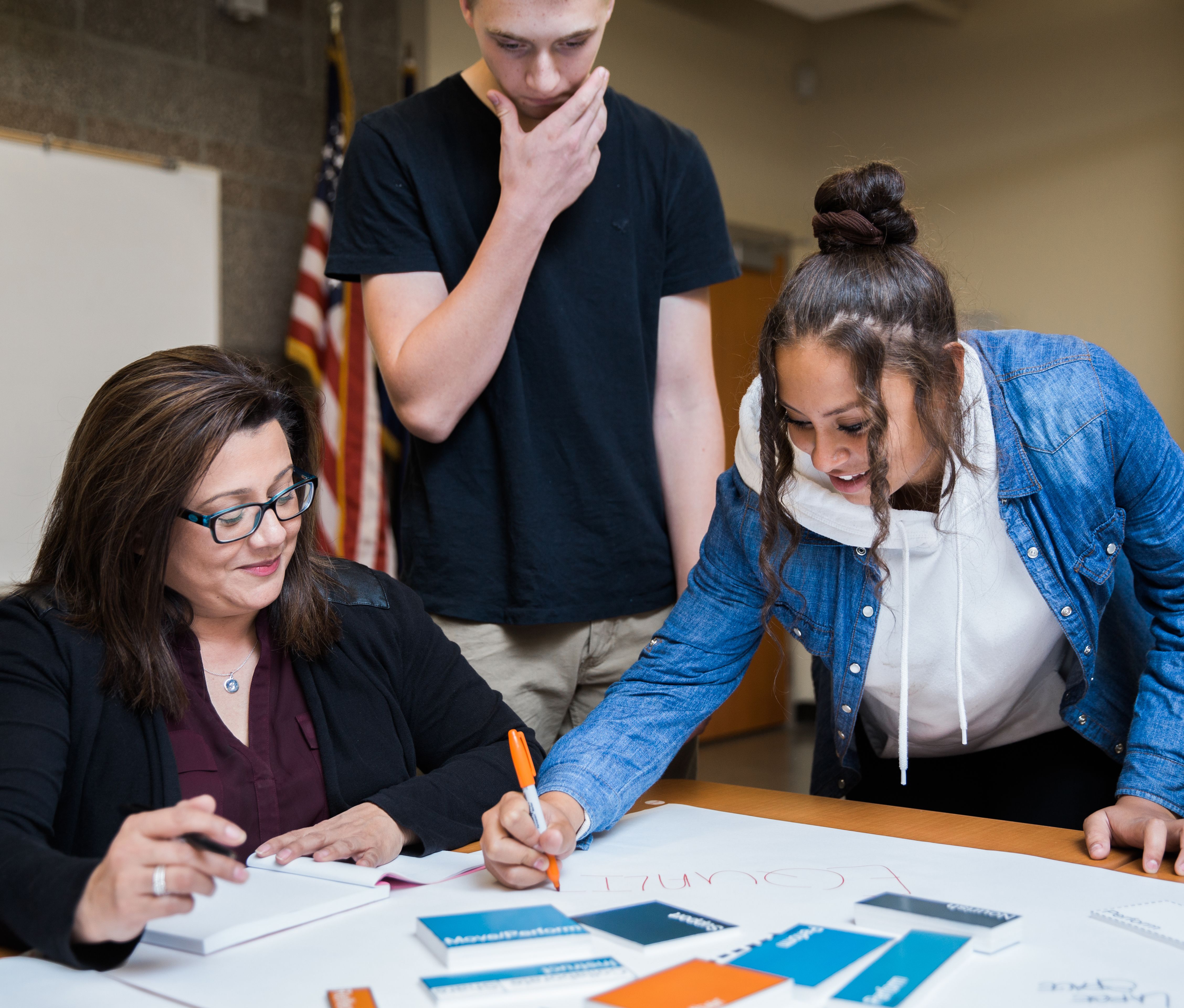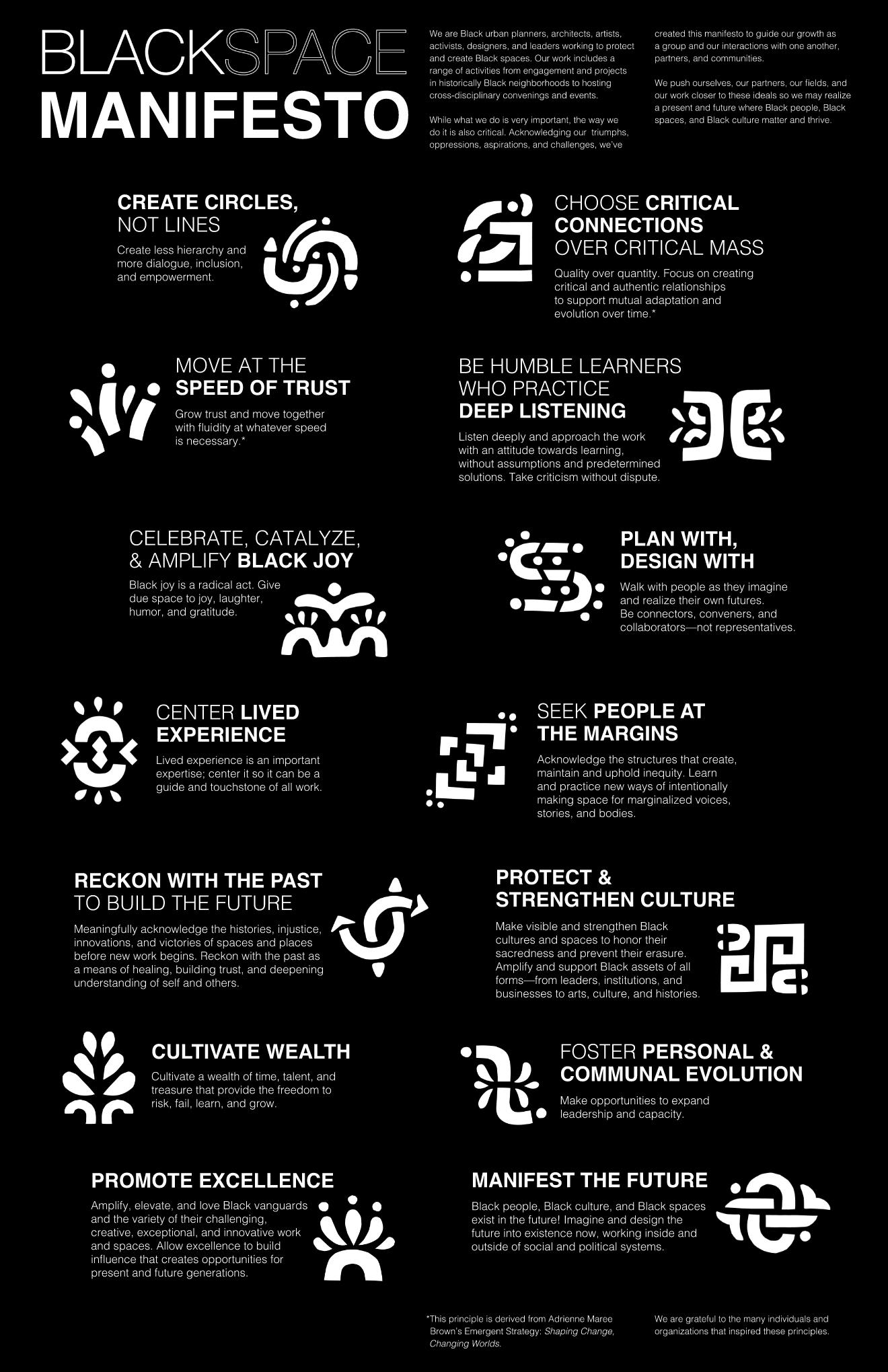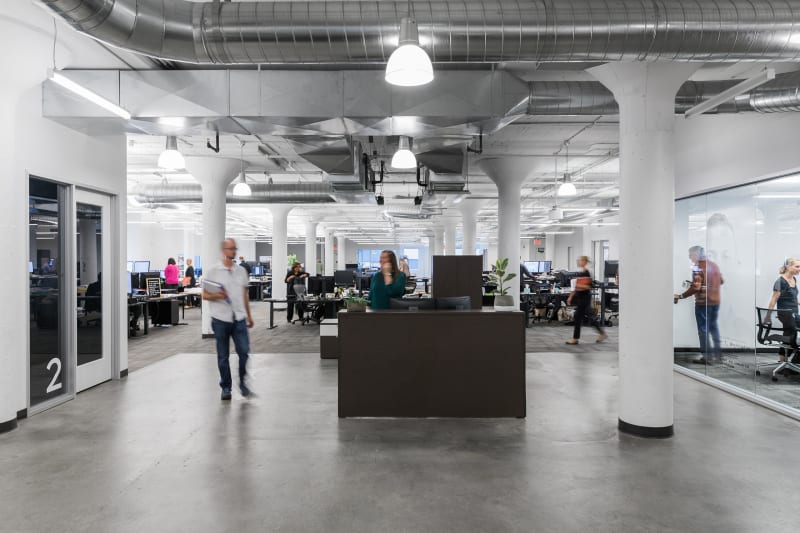Across the US and around the world, people are gathering in solidarity with the Black community to demand justice. While this latest round of protests is in response to the horrific murder of George Floyd at the hands of Minneapolis police, the issues at the heart of this outrage run much deeper. For too long our Black community members have faced gross inequities and injustices that stem from systemic racism in our country. This uprising has laid bare the pain and suffering of so many and brought a long-overdue awareness of issues faced by Black communities. For generations, White-centered policies have condoned and encouraged police brutality, economic disparity, judicial injustice, and educational inequities. Today, we state with a collective voice that enough is enough and we will no longer be complicit in our silence or in our actions! Why have we not heard these cries sooner? We must look inward and hold ourselves and those around us accountable to listen intently, learn, and act moving forward.
Architecture as a profession has a long history of prejudice, bias, and outright racism that persists today. Nationally, Black architects represent approximately 2% of all licensed architects in the country and Black women represent only 0.3%. Recent efforts by the AIA to address this have been slow and we are hopeful this national attention to racial inequities will catalyze the development of design-specific solutions to address this problem inside our industry and beyond. Racism and inequity are products of design and we believe they can also be redesigned. The practice of EquityxDesign can serve as a model for rethinking traditional design frameworks to combat historical context and personal bias (see Resource 1). We have to acknowledge that we, as an industry and as a firm, are at fault for propagating systems that create gross inequities of experience and opportunities for people of color, most notably those from Black and Brown communities. To dismantle the systemic racism in our firms, we must commit to radically different hiring, recruitment, and retention policies. We need to address the fact that minority architects and designers earn lower salaries than their white peers and are less likely to hold positions of leadership. Further, we need to intentionally create opportunities to introduce students of color, especially Black and Brown students, at early ages to architecture and provide ongoing mentorships, internships, and scholarships to support them throughout their educational careers.

For those of us focused on the design of learning spaces, the inequities of U.S. educational systems have long been evident. Educational experiences differ widely from zip code to zip code as well as within individual schools. The experiences of Black students facing racism, unfair dress code enforcement, inequitable discipline, fewer opportunities, and lowered expectations abound in our schools. We know that the traditional, cells and bells model of educational architecture no longer serves students well. What we have too often failed to notice, however, is that this model disproportionately impacts students of color. Students of color are often ignored or ostracized by designs that do not reflect their life experiences, their culture, and their needs.
I was asked recently, “why aren’t our learning spaces already designed the way we need them to be?” I have been sitting with this question for a few days and have come to believe that it stems from the fact that we are often not asking those most underserved by our current structures and environments for their input. Even when we succeed in getting Black and Brown students, teachers, and community members in the room, their voices are often drowned out by other louder, White, privileged voices. We are also not always asking the right questions. A recent Critical Race Theory (CRT) survey of students at Portland Community College highlighted this to our team. CRT is a framework used to draw attention to racism and racial hierarchies. When applied to the design, it examines the socio-spatial dimensions of race and their relationship to the built environment (see Resource 2). Using this framework, Amara Pérez, consultant to PCC, hosted a conversation among students of color to discuss plans for a library redesign. Among the numerous eye-opening statements made by students was the discomfort many students of color felt when experiencing a library that required them to be quiet. As a proud Latina, I can relate to this, as nothing about my culture and family experiences is quiet. However, I had never connected this to the design of space.
I became an architect because I believe in the transformational power of design to positively impact our world. In order to use design to transform, we must ask those most affected by centuries of White-centered design to help us imagine something more inclusive. This work takes practice and a commitment to be uncomfortable. Yet it is vitally important work that speaks to the heart of who we are at BRIC. We recognize that we, at BRIC, have significant work to do in terms of amplifying the voices of people of color in our designs and in our practice. We are committed to the design of a more equitable, just, and humane world. We know that the road to get there will be long, and we will likely be imperfect in our approach, but the time for timidity has passed. We cannot simply stand in solidarity with the Black community in this moment and move on from this issue in the future. We must be bold in our resolve to listen better, learn more, and stand up in order to create design that empowers learners to change the world. So, we shall be!
Please visit blackspace.org to learn more about practices we can all employ and ideals that can bring us closer to a more equitable, just, and humane world.

Resources
Visit https://medium.com/equity-design/racism-and-inequity-are-products-of-design-they-can-be-redesigned-12188363cc6a to learn more about this practice.
Visit https://www.pcc.edu/about/administration/integrated-planning/documents/technical-reports/9-Critical-Race-Theory.pdf to learn more about how PCC is applying the CRT framework to design and planning.
Explore the BlackSpace Manifesto Infographic here: https://www.blackspace.org/manifesto

